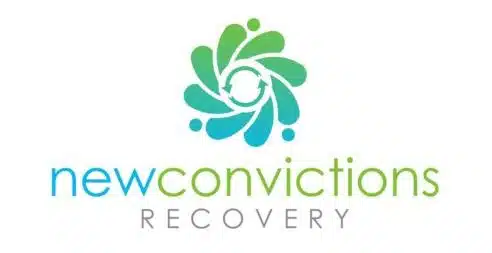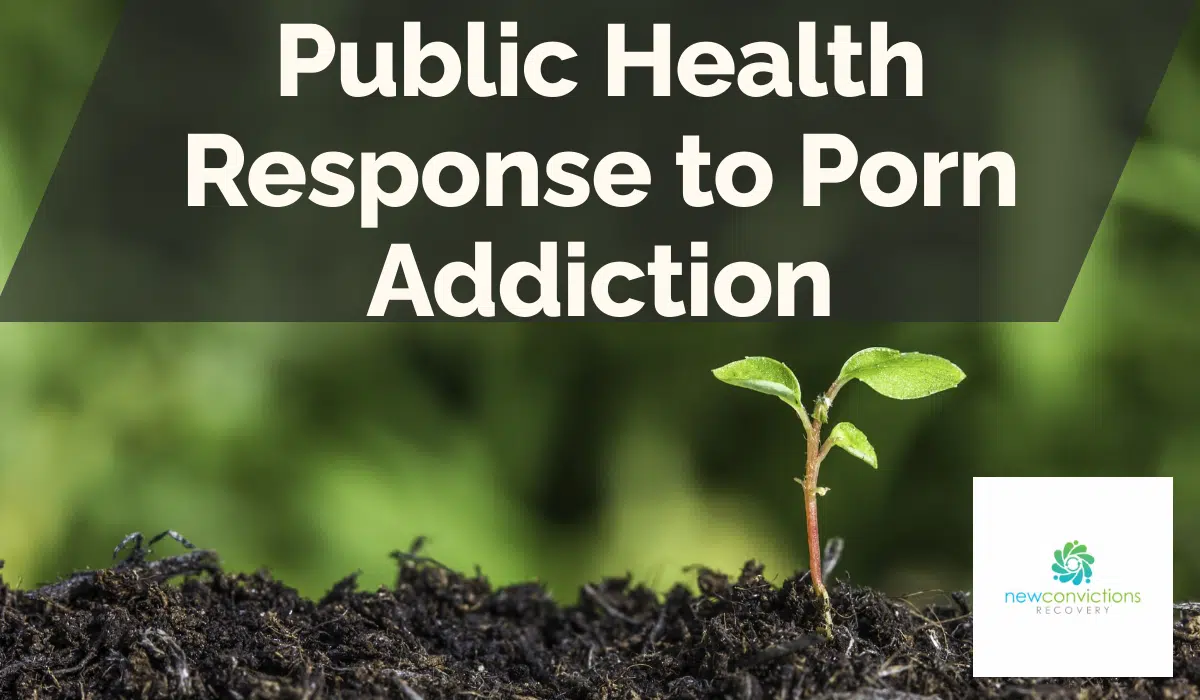Recent years have shown a significant rise in pornography addiction, which is increasingly recognized as a public health issue. Being a complex combination of psychological, social, and physiological factors, the issue requires multilayered interventions and a collective societal response. The advent of Internet pornography has worsened the situation, making it easily available, anonymous, and affordable. Addressing this addiction does not involve a movement towards moral policing, but rather a focus on individual and family health.
The Scope of the Problem
Before diving into potential public health strategies, it’s essential to understand the scope of the problem. Reports suggest that pornography addiction is, indeed, a global issue affecting people across all ages, genders, races, and social classes. The increased accessibility and acceptance of pornographic material have made it a pervasive part of modern society. Distressing statistics reveal a considerable number of individuals struggle to control their consumption, leading to adverse mental, relational, and even physical effects.
Public Health Strategies
Addressing the issue of pornography addiction within the public health framework means focusing on prevention, treatment, and policies influencing societal norms.
Preventive Measures
The objective of preventive strategies is reducing risk exposure and promoting healthy behaviors. Comprehensive sex education to distinguish between what is portrayed in pornographic material and actual human relationships is critical. Likewise, mental health programs focusing on self-esteem, resilience building and coping strategies can play an effective role in prevention.
Treatment Approaches
Treatment for pornography addiction often involves individual counseling, involving cognitive-behavioral and motivational enhancement therapies, which has shown success in treating substance addictions. Other methods include psycho-education and mindfulness techniques. Alongside individual counseling, family therapy helps affected individuals reconnect with their loved ones, make collective changes, and foster supportive networks.
Government Policies and Guidelines
Government policies play a crucial role in shaping public health response. Laws can be enacted to limit children’s exposure to explicit material, regulate the pornography industry, and hold them responsible for the societal impact. Labeling online material, restricting access, and other guidelines can protect vulnerable populations. However, caution is needed to balance the rights of individuals and the collective societal impact.
Frequently Discussed Questions
- Isn’t pornography a matter of personal choice? It can be, but when it evolves into an addiction, it becomes a public health problem. It impacts not just the user but also relationships, families, society, and overall mental health.
- How does pornography addiction harm mental health? Pornography addiction can lead to feelings of guilt, anxiety, behavioural problems, distorted perception of relationships, and even neurological changes similar to substance addiction.
Conclusion
In conclusion, pornography addiction is a multi-faceted problem that warrants a comprehensive public health response. Balancing prevention, treatment, and societal changes through policy interventions can provide a way forward towards better overall health. Continuous research, dialogues, and advocacy are key in making progress in this public health issue.

